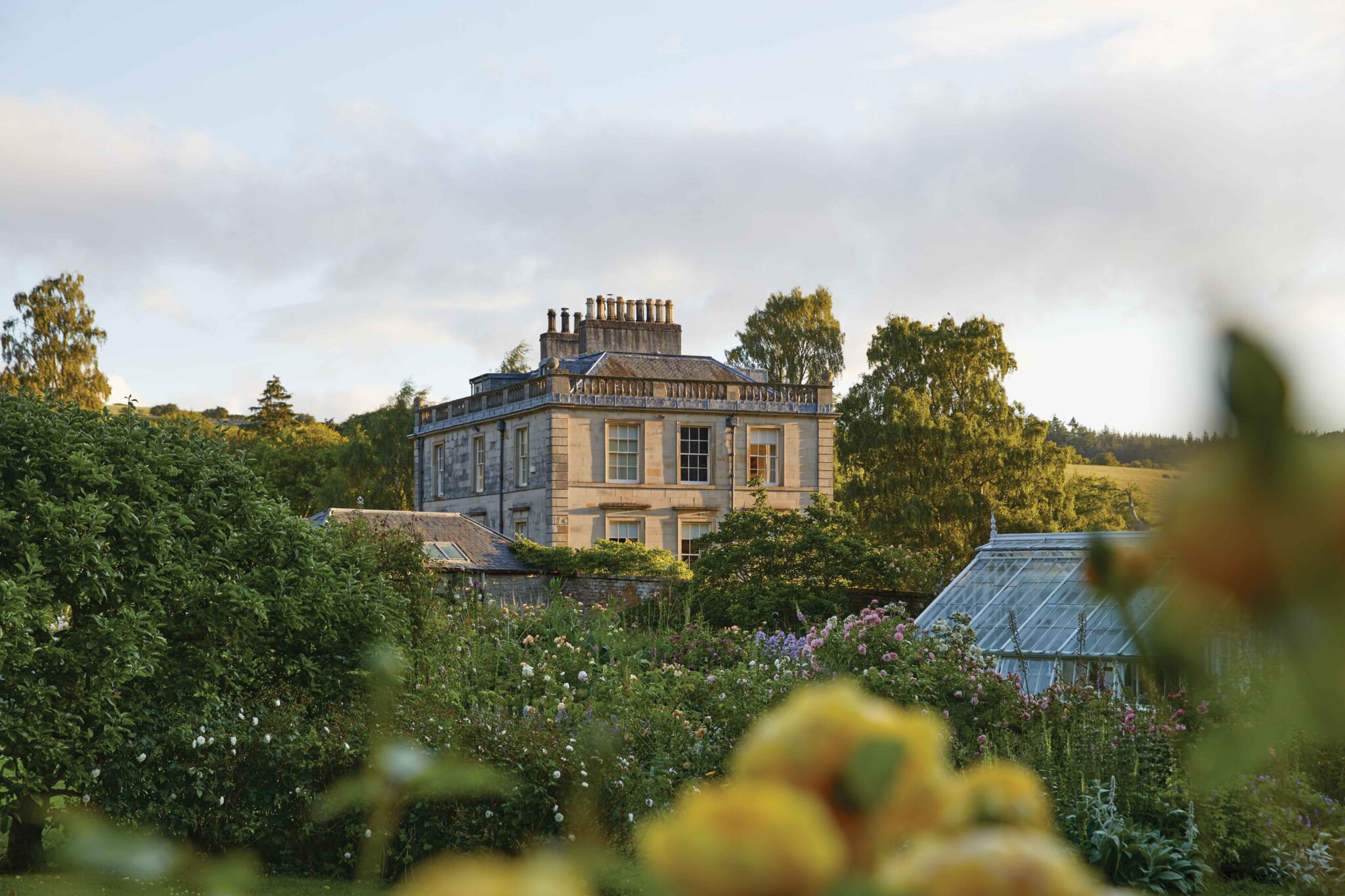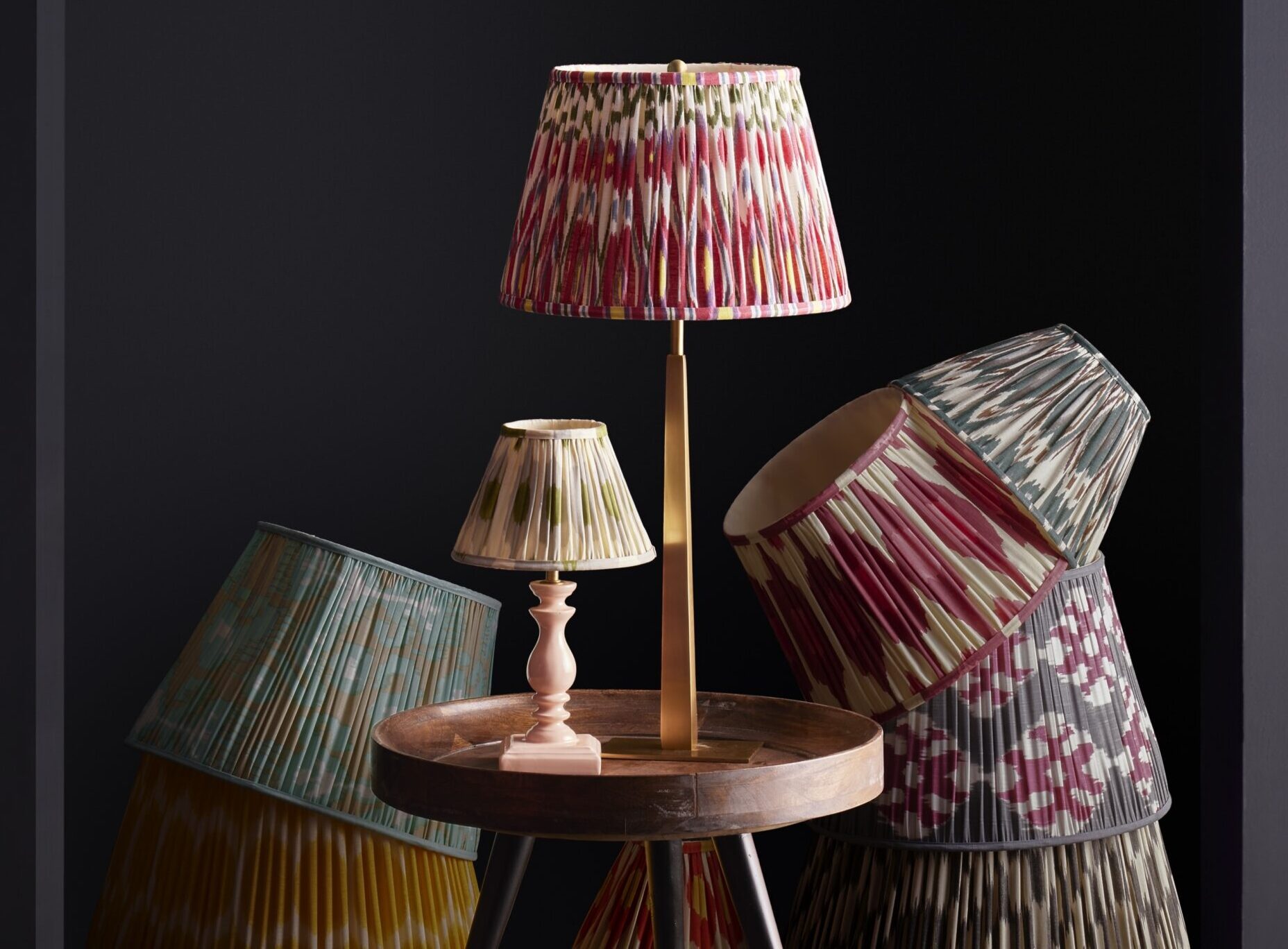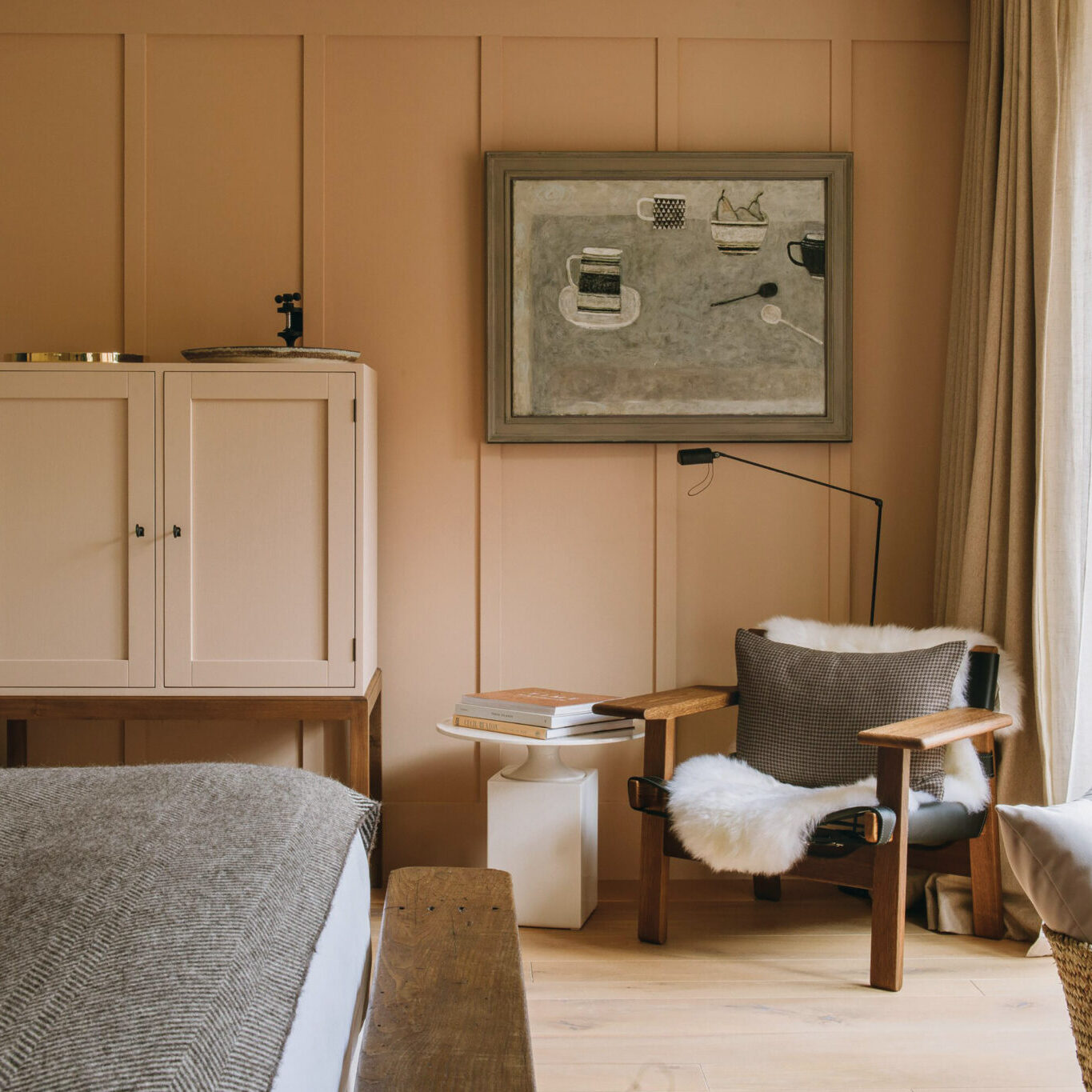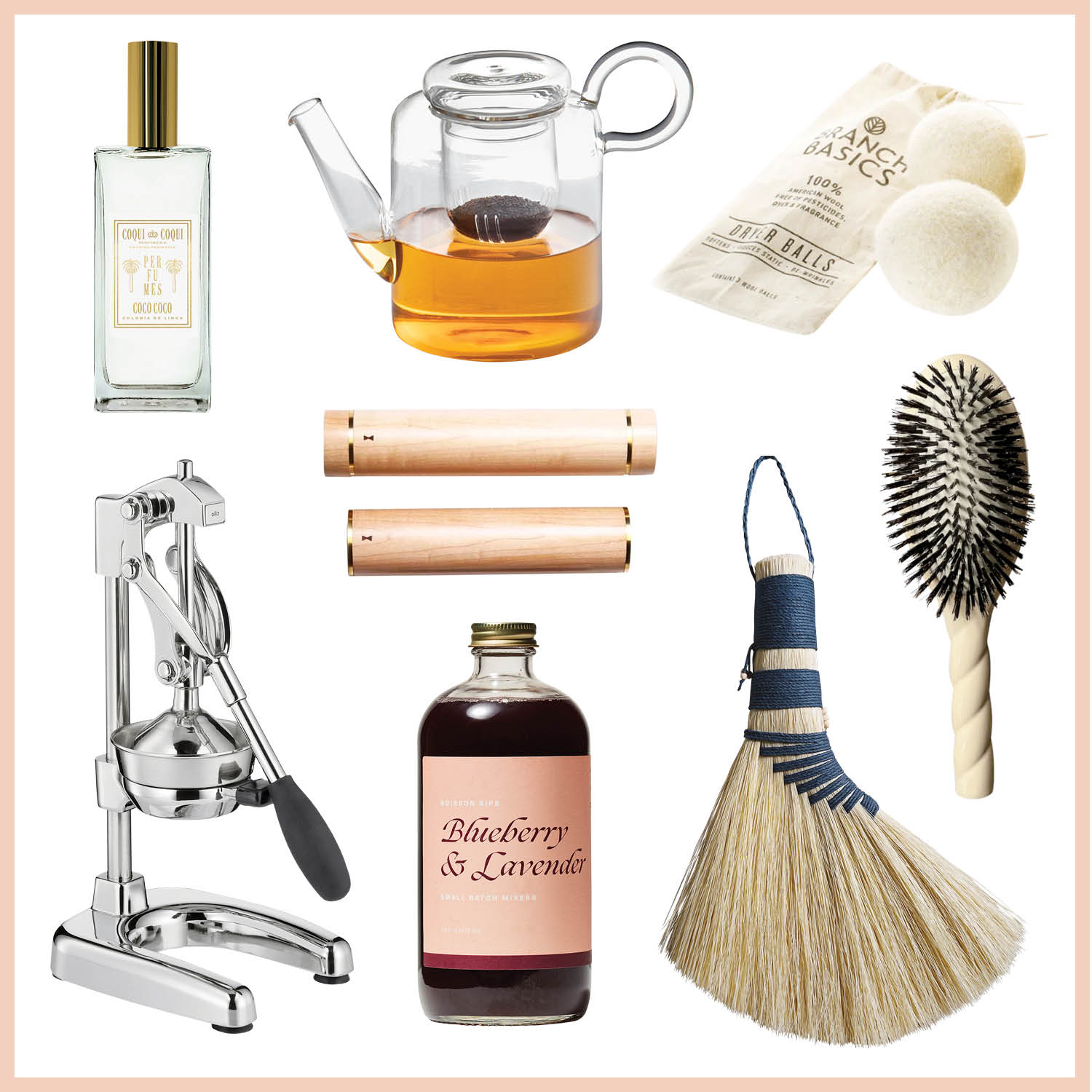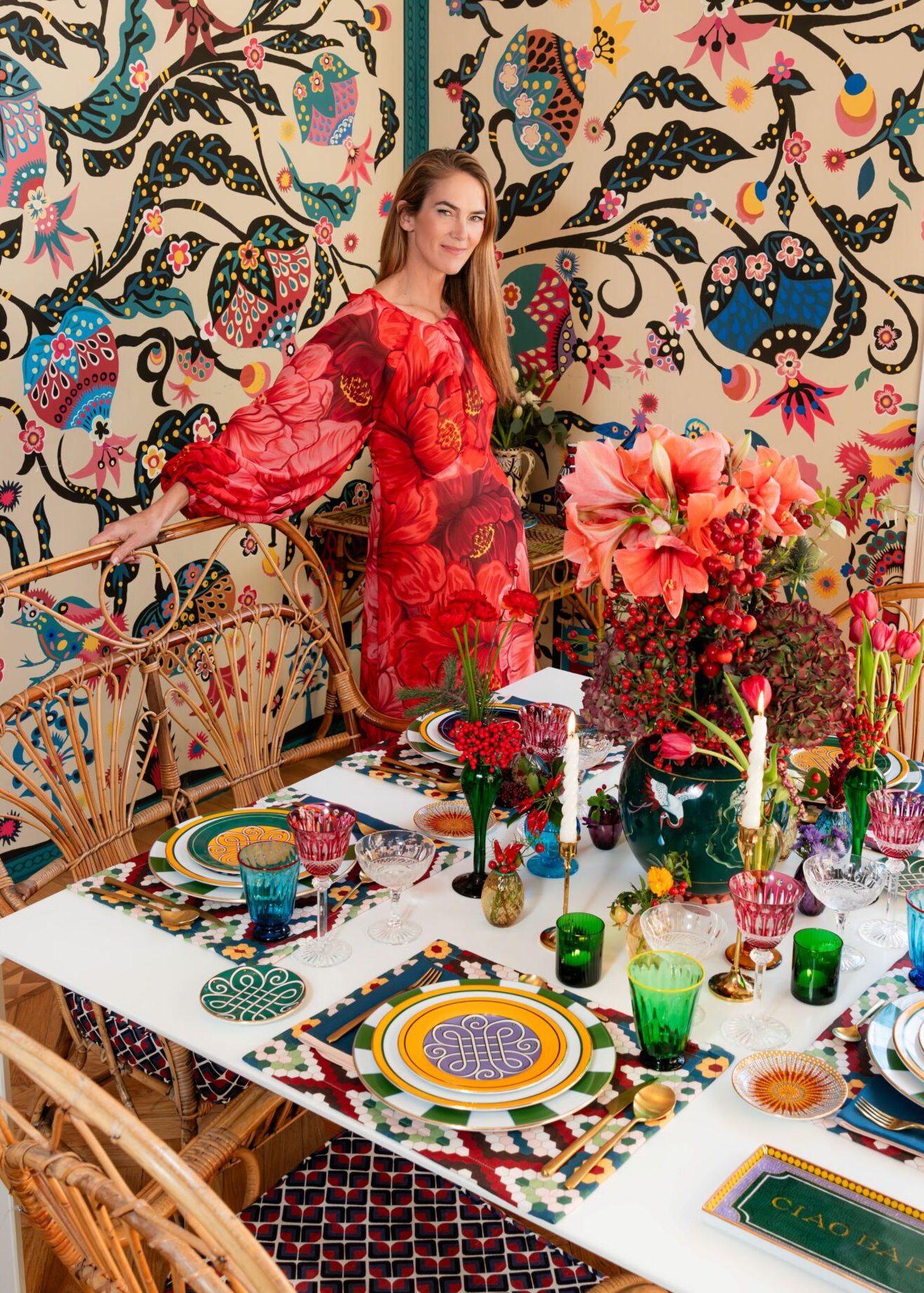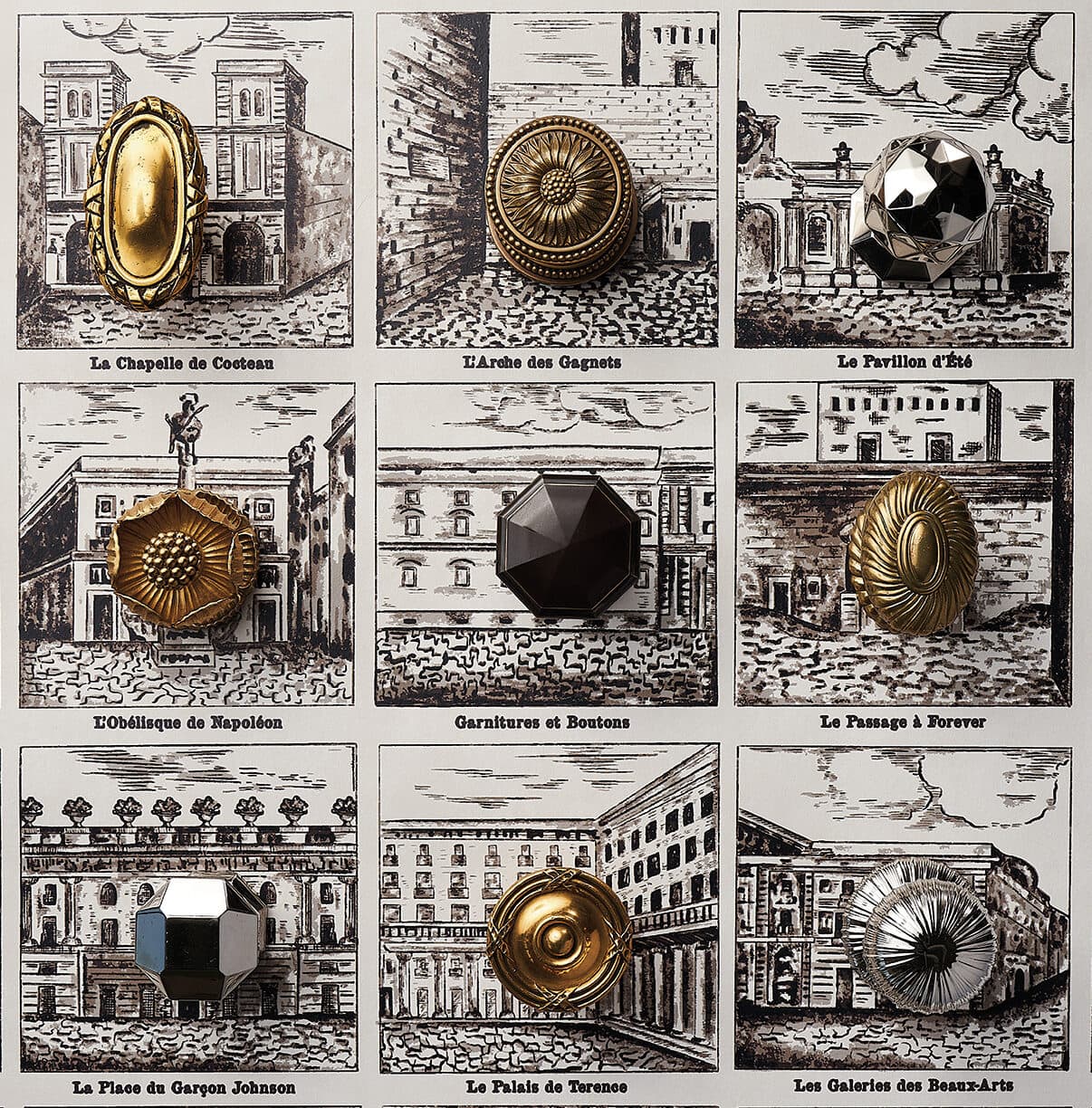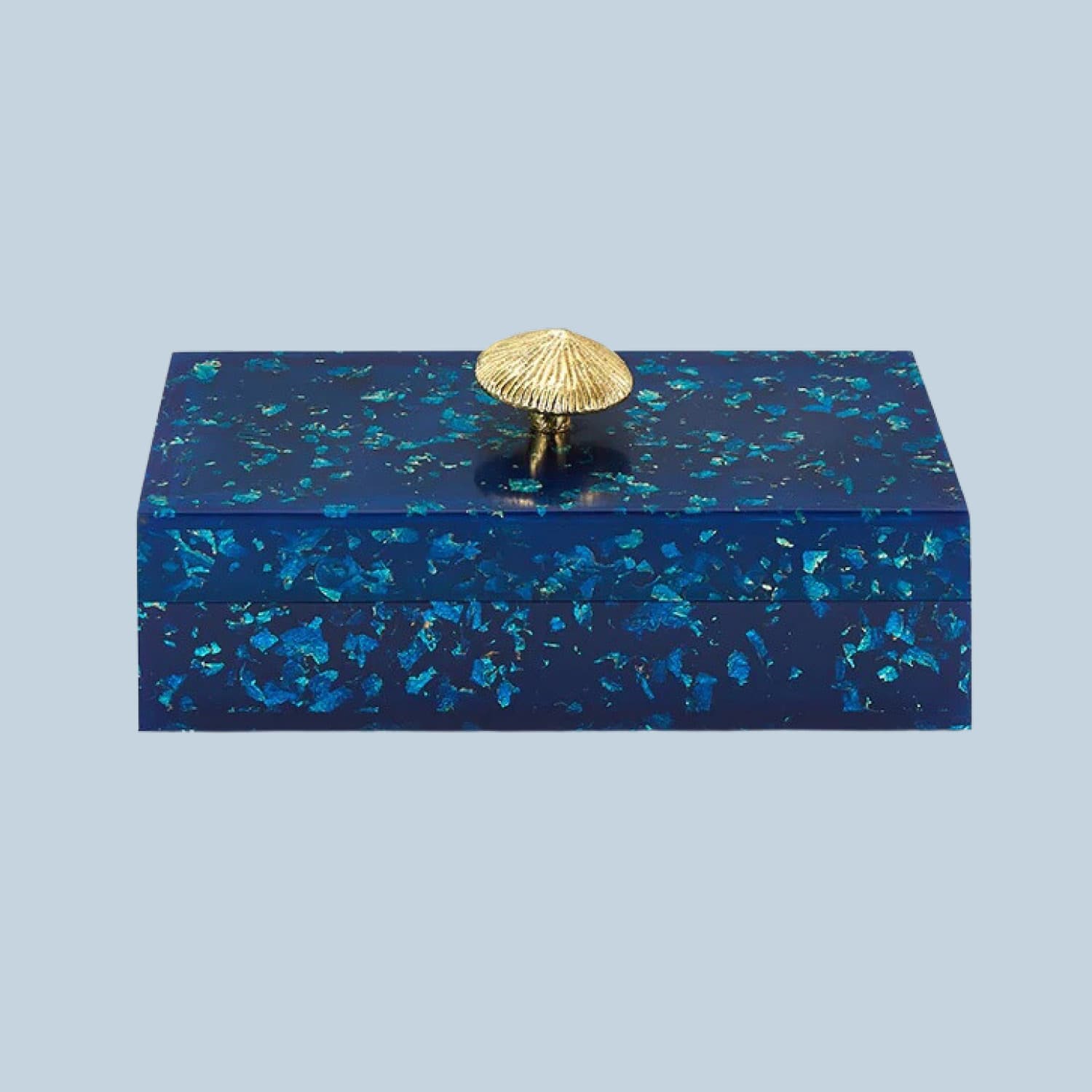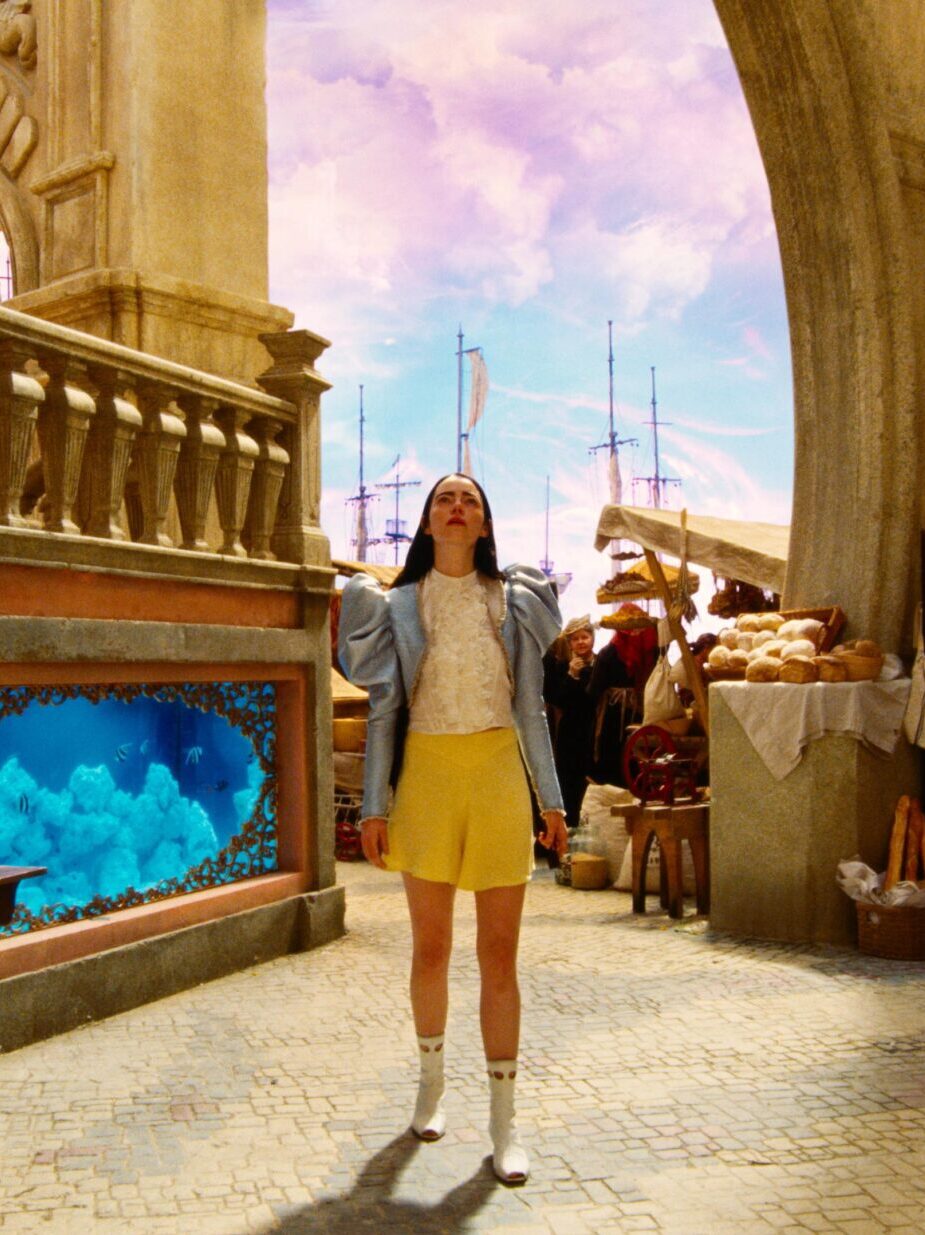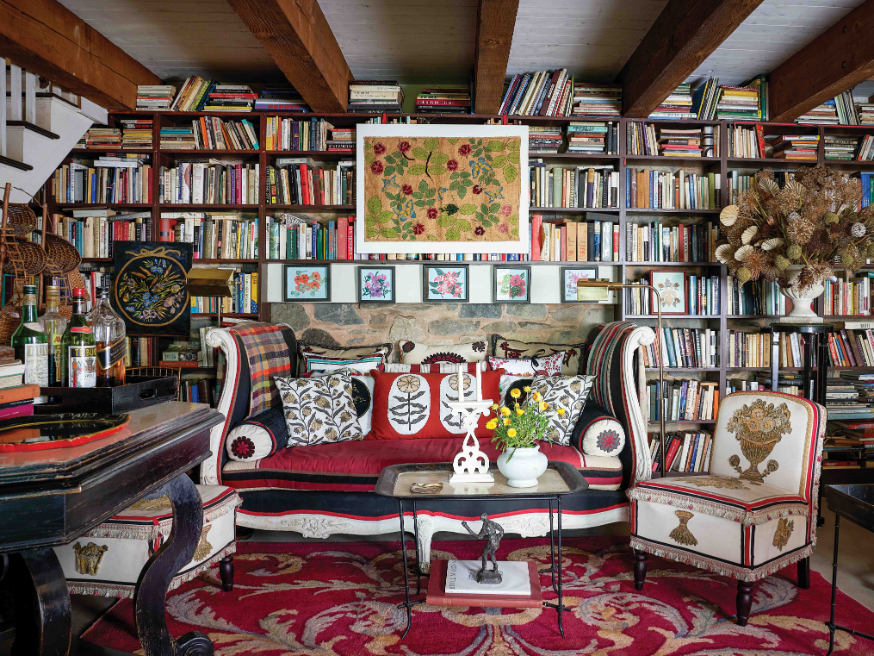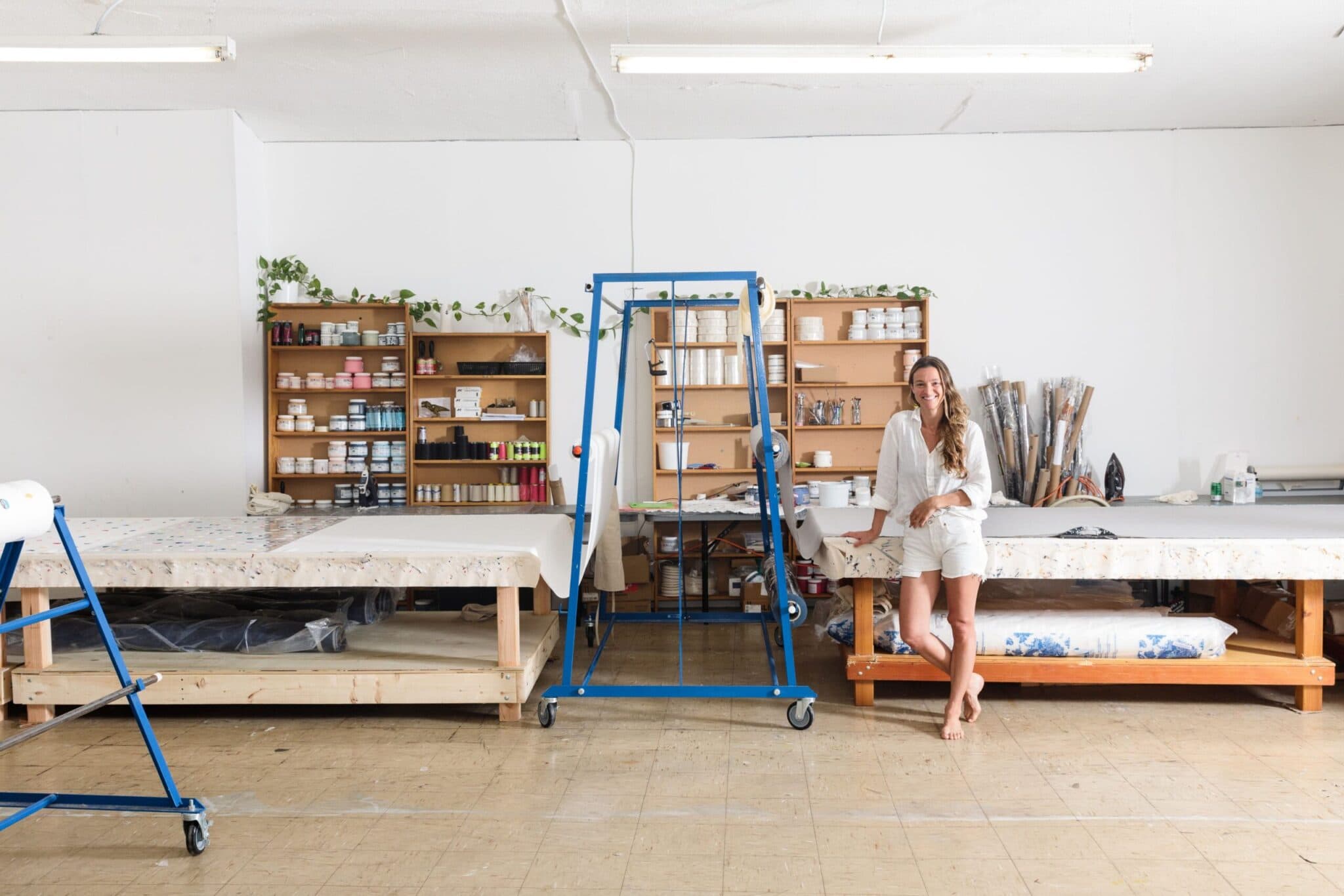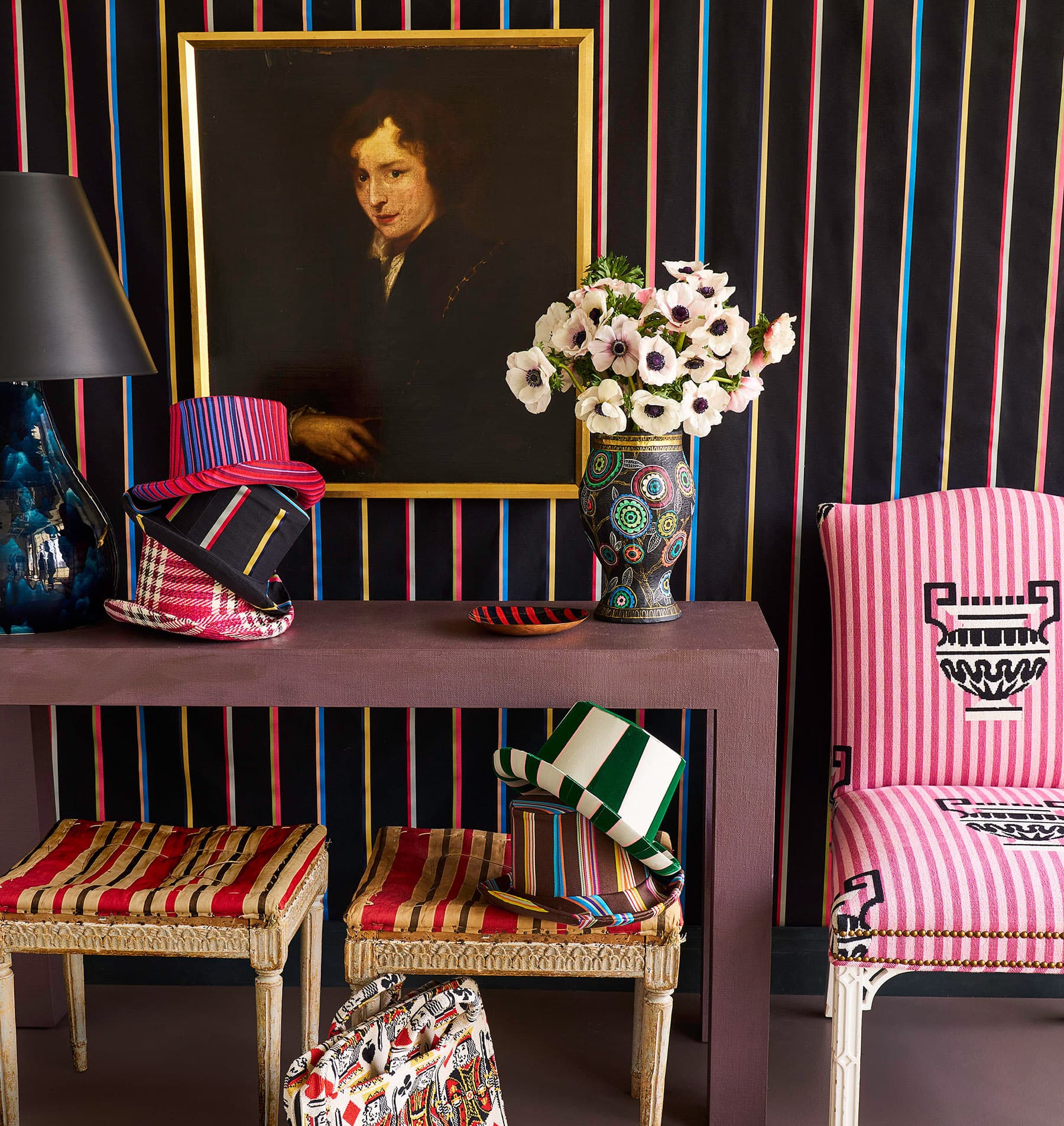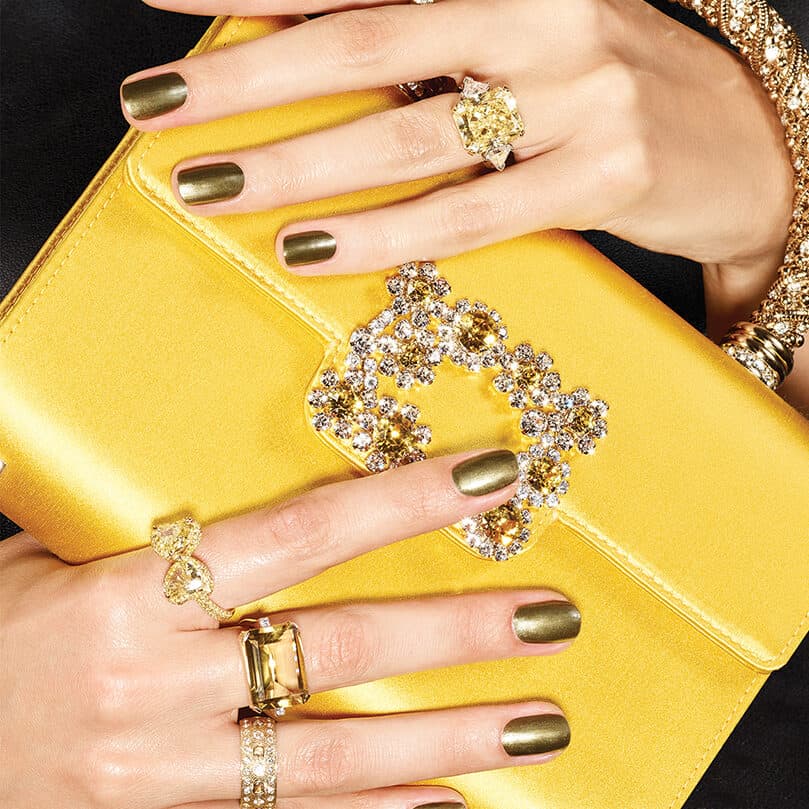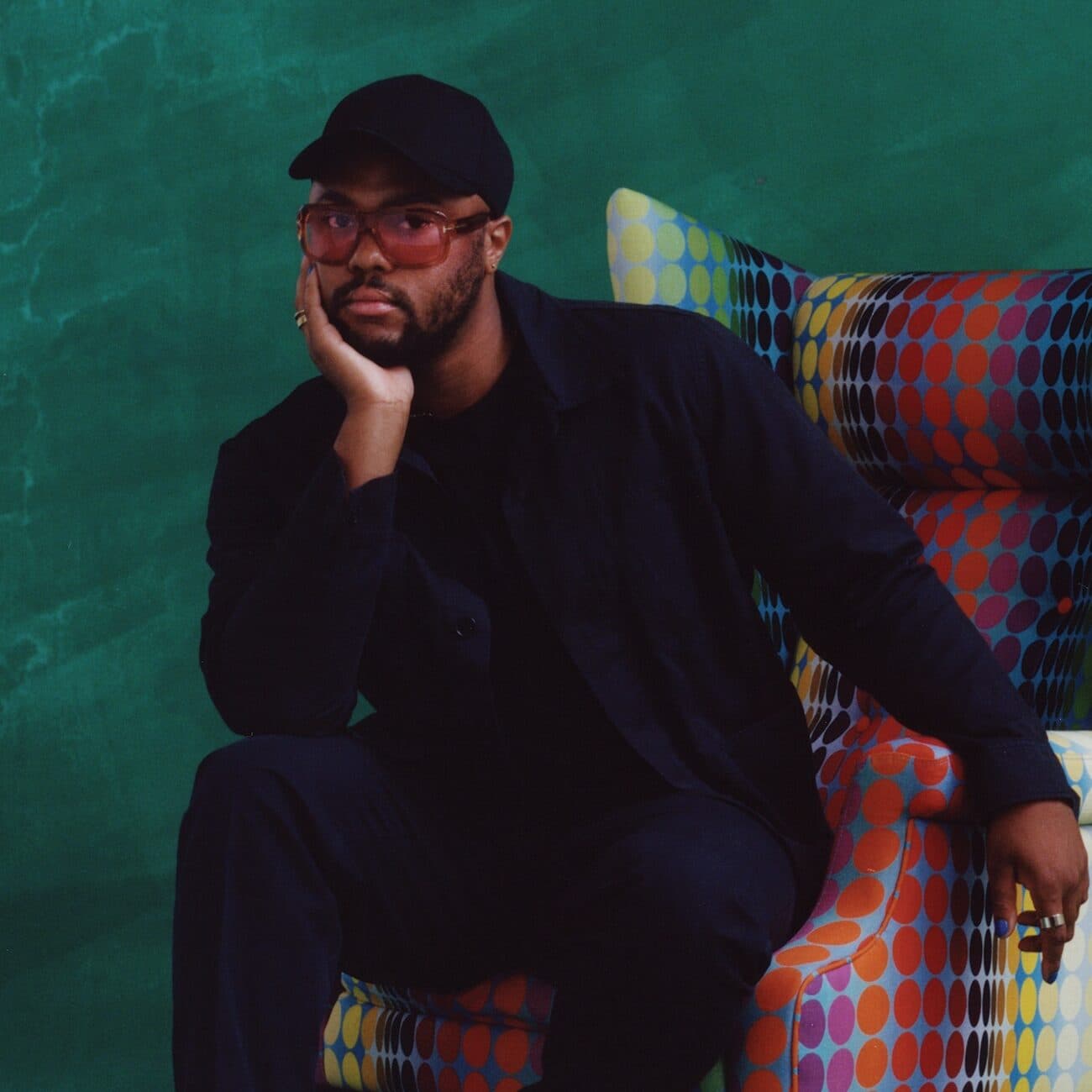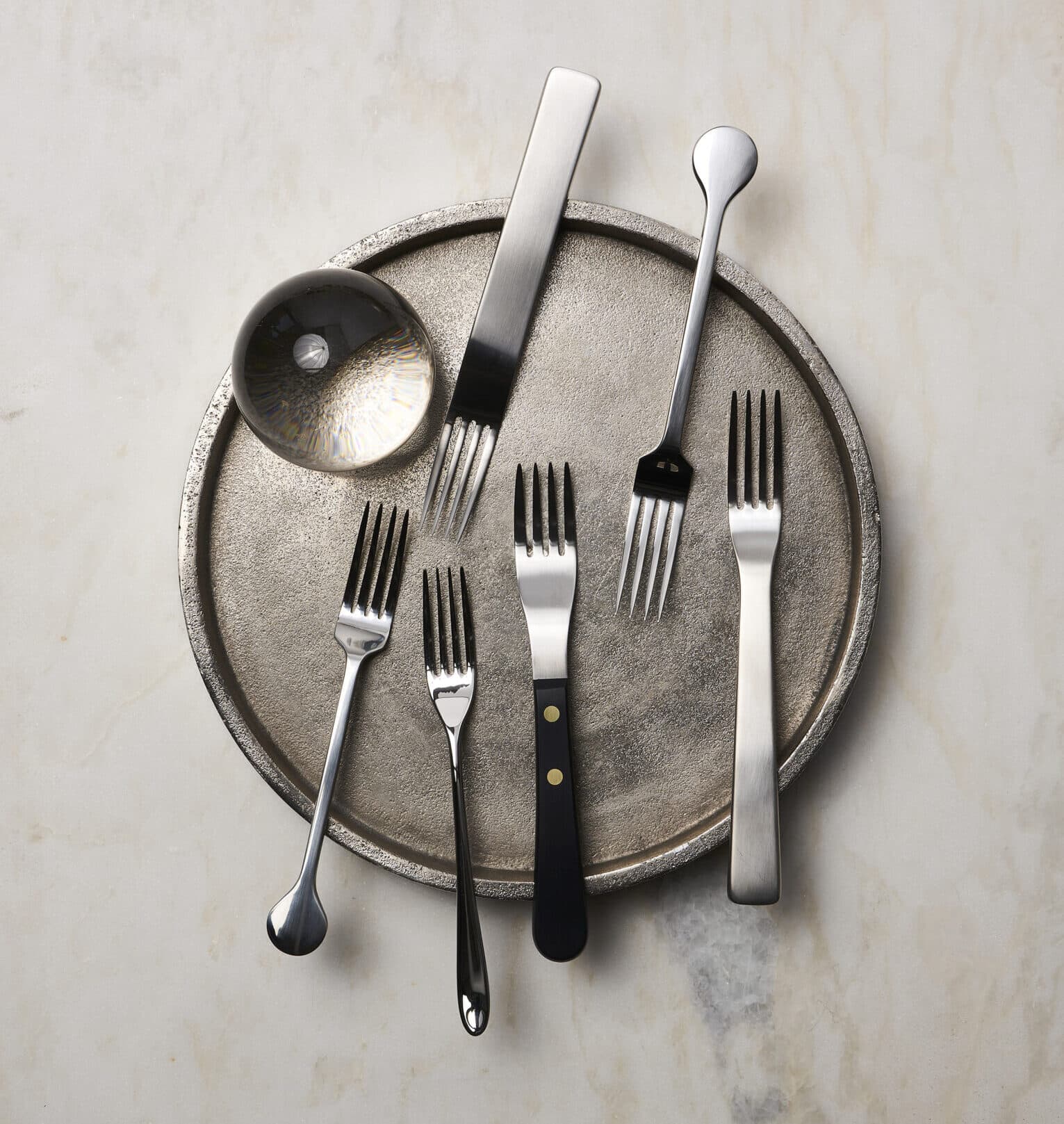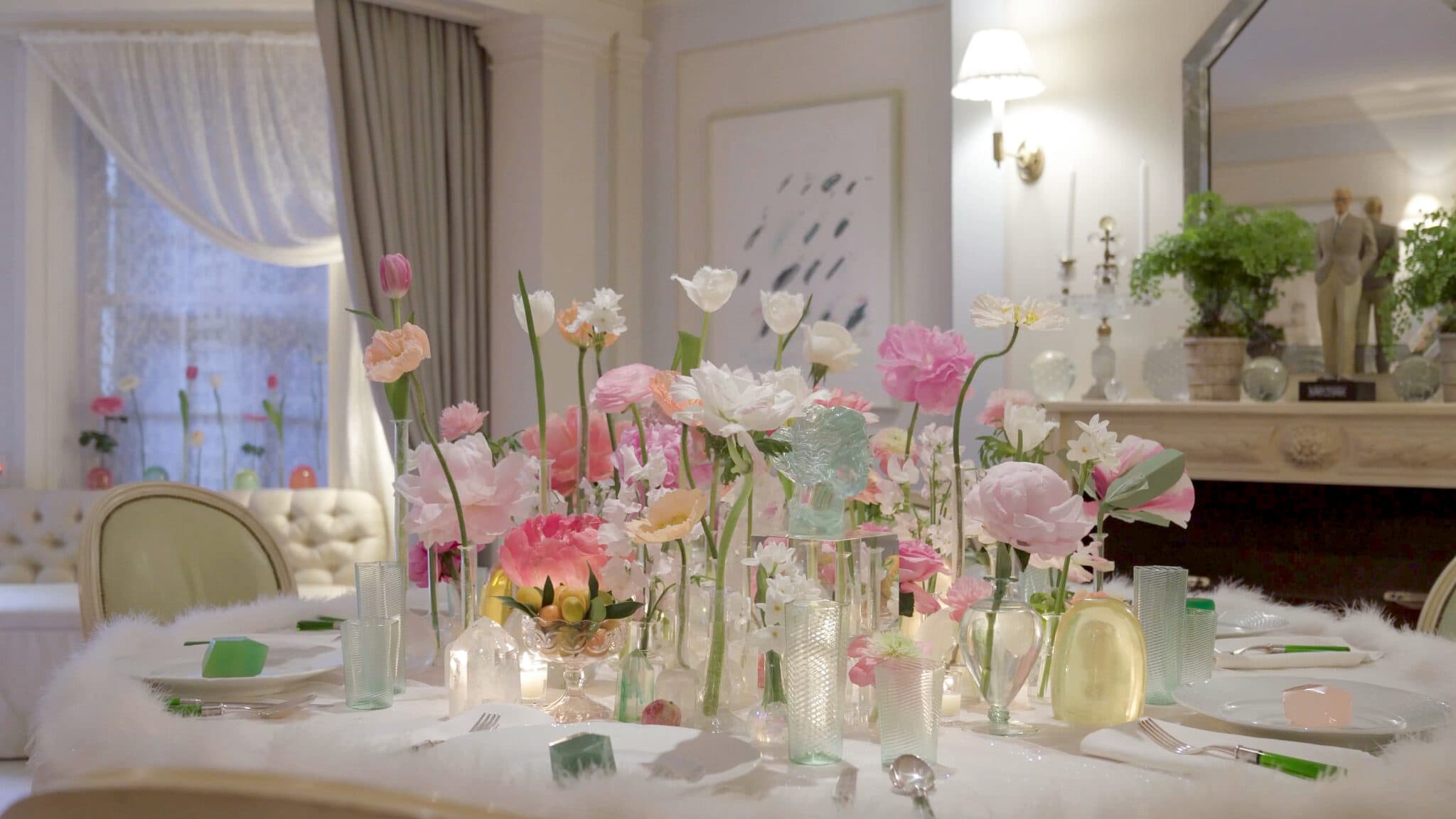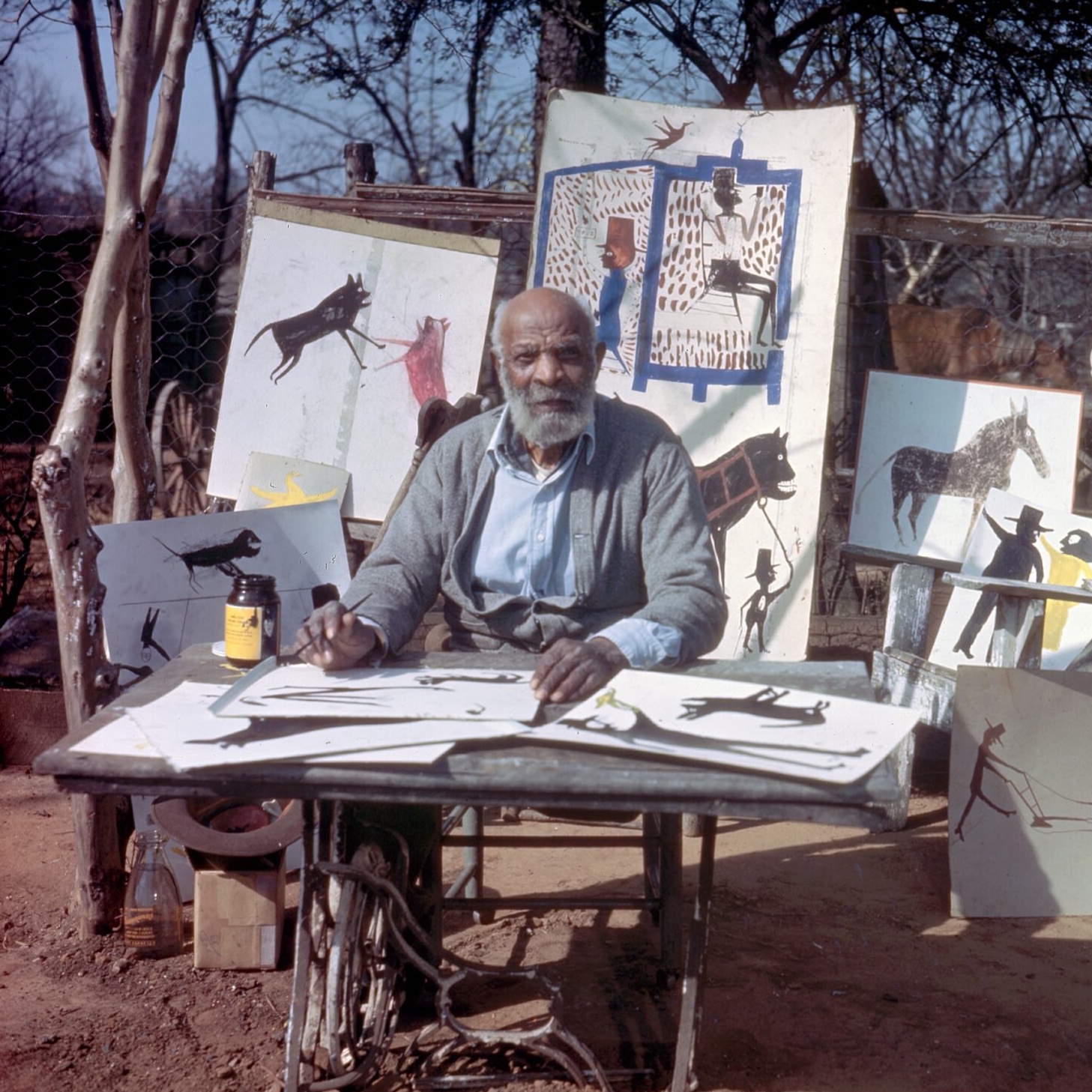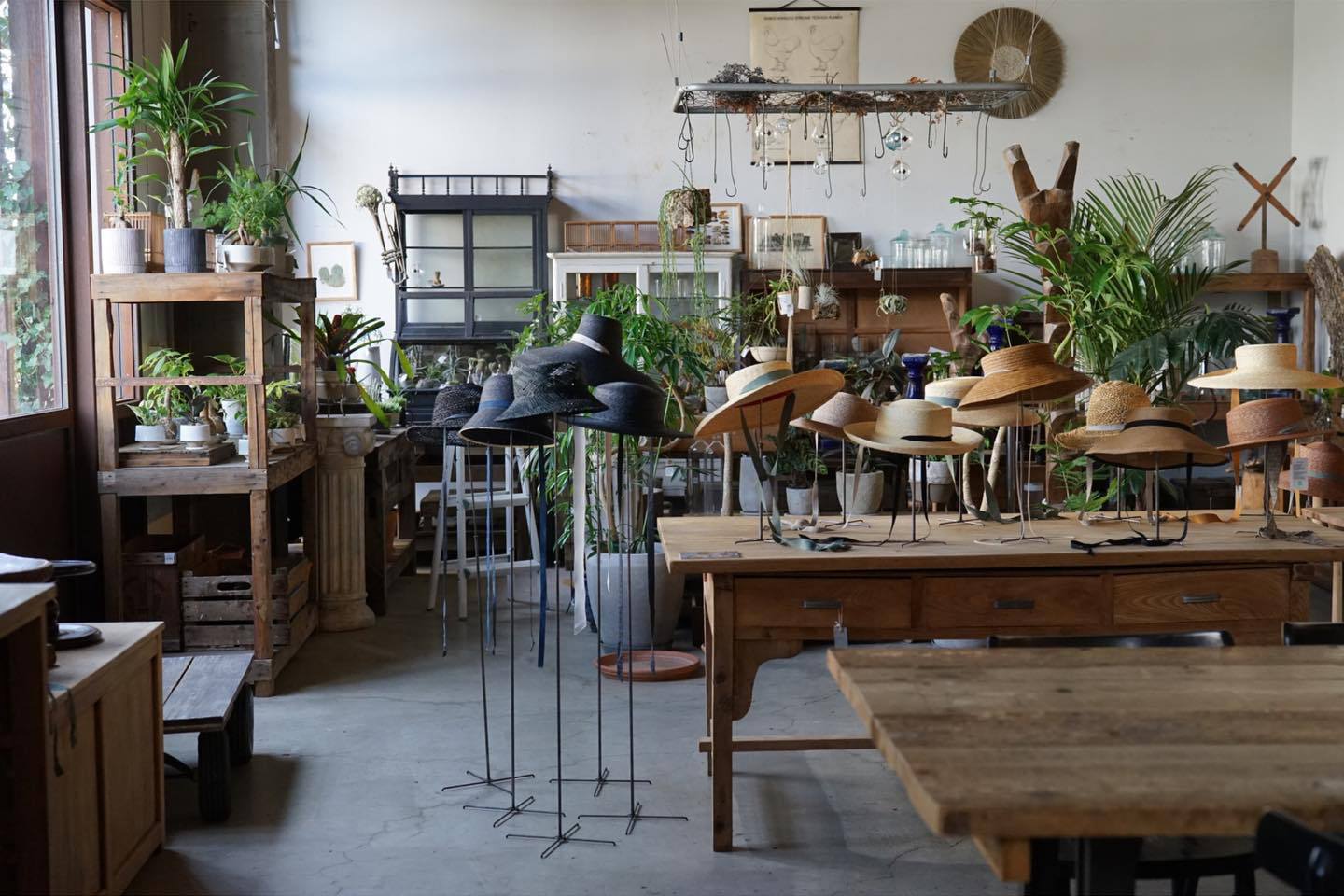
Rhonda Eleish and Edie van Breems, the two brains behind the Scandinavia-inspired emporium Eleish Van Breems Home, show us around the beautiful region of Dalarna—one of their favorite spots in all of Sweden, and the epicenter of the country’s exquisite folk art tradition. Trevliga resor!


We were first drawn to the Dalarna region when we were initially immersing ourselves in the Swedish tradition of decoratively painted furniture and interiors, but have found ourselves returning again and again for its magical inspiration. Just a three-hour journey northwest from Stockholm, Lake Siljan and the surrounding towns of Leksand, Tällberg, Rättvik, Falun, Sundborn and Mora are at the heart of the district, and are collectively one of Sweden’s richest folk-art areas. Nature, music and hemslöjd (that’s Swedish for handcraft) are passionately celebrated and practiced here along this vast shimmering lake dotted with red wood cottages. It’s truly a Dalecarlian dream.
View this post on Instagram
A quick trip back in time
The pine- and birch-forested hills above Lake Siljan were once where local village women would herd cows every summer to produce dairy products for their communities. These were serious seasonal pastures, with thousands of cows, sheep and goats from hundreds of farms in the region. During the long winters, when sunlight was at a premium, farming families would make decoratively carved wooden items, woven root baskets and handmade linen and wool textiles to bring to the markets to be traded come spring.
The region’s iron, silver and copper mines brought wealth in the 17th-century, which allowed people to afford hiring highly skilled artisans to decoratively paint their homes, a tradition that carried on well into the 19th-century and has become synonymous with our contemporary idea of the Swedish country house. Zorn’s Gammelgård, which translates to Zorn’s Old Farm and is now a museum, is one of the region’s best examples of classic Swedish eclecticism, and was the home of renowned portrait artist Anders Zorn. (Fun fact: Among Zorn’s subjects were Swedish royalty, three U.S. presidents and the American arts patron Isabella Stewart Gardner.) Don’t miss Zorn’s studio, which is part of the museum grounds and is in a timber structure that dates all the way to 1290.

A Return to Tradition
At the turn of the 20th-century, the old way of life in Dalarna was all but destroyed by the impact of famine and industrialization. Rural communities had to move away from their farms out of economic necessity.
The release of artist Carl Larsson’s memoirs in 1931, however, triggered a move in Sweden to go back to the old ways—in a similar way that the Arts & Crafts movement infiltrated England. Larsson (1853-1919) and his artist wife Karin (1859-1928) were at the forefront of the anti-industrialization movement. Lilla Hyttnäs, their home in Sundborn, was a revolutionary design statement at the time. They furnished the rooms with unfashionable folk décor in bright, daring colors, lending a feeling of lightness to the house. In fact, there are elements of their style that are still deeply influential today, from the mixing of period pieces and used, salvaged antiques to natural wood surfaces and an abundance of rag rugs. Nothing prepares you for how fresh, vibrant and intensely personal the spaces at Lilla Hyttnäs feel, and the Larssons’ decoration of their home has truly become a global style.
How the Swedish are Keeping Handcraft Alive
Today, weaving studios, textile manufactures, ironworks, basket makers, stonemasons, cabinetmakers and artists’ studios make the Dalarna area rich for exploration. During the summer, you can immerse yourself in the amazing array of folk-craft classes available at the Sätergläntan Institute of Handicraft in Insjön.
View this post on Instagram
Hemslöjden, the National Association of Swedish Handicraft Societies, also works hard to preserve and continue the region’s creative traditions, and you can find their Hemslöjd stores in almost every town in the area, filled with pieces by contemporary artisans. Some of our favorite work at the moment is by renowned silversmith Karin Ferner, scenic designer and fiber artist Tor Cedarman, embroidery artist Anna Wengdin and woodworker Per Noréen.
View this post on Instagram
Where to Stay
Some of the best year-round views of the lake can be found at Green Hotel in Tällberg, which began as a hunting lodge in the 1940s. The staff dress in traditional attire. Excursions in the winter include excellent cross country skiing, wolf tracking and naturalist-led owl watches!

Things to Do
Midsummer on Lake Siljan is a bit of a crush, but well worth it to experience the Kyrkbåtar church boat races that are held for ten days, starting in the town of Siljansnäs, and proceeding to different locations around the lake. The old church boats are based on Viking longboats and were used by villagers around the lake to get to their churches before the roads were paved.
View this post on Instagram
One of the oldest and most beautiful of the churches is the Leksand Church, which was completed in 1715 on the site of a 13th-century iteration.

Another wonderful way to see the lake is to board the M/S Gustav Vasa, a steamboat built in 1876, for a guided cruise around Leksand, Rättvik and Mora.

